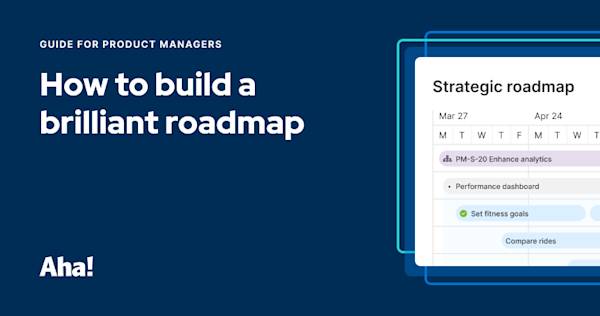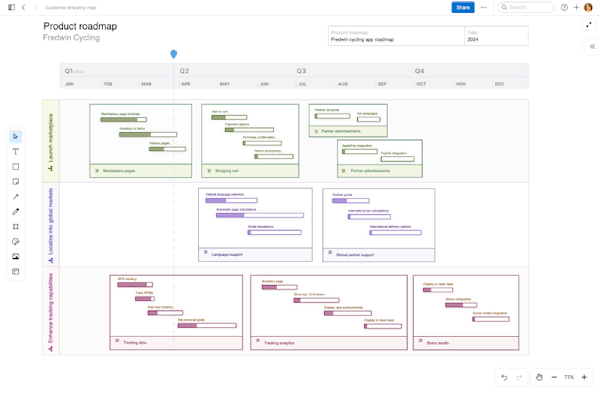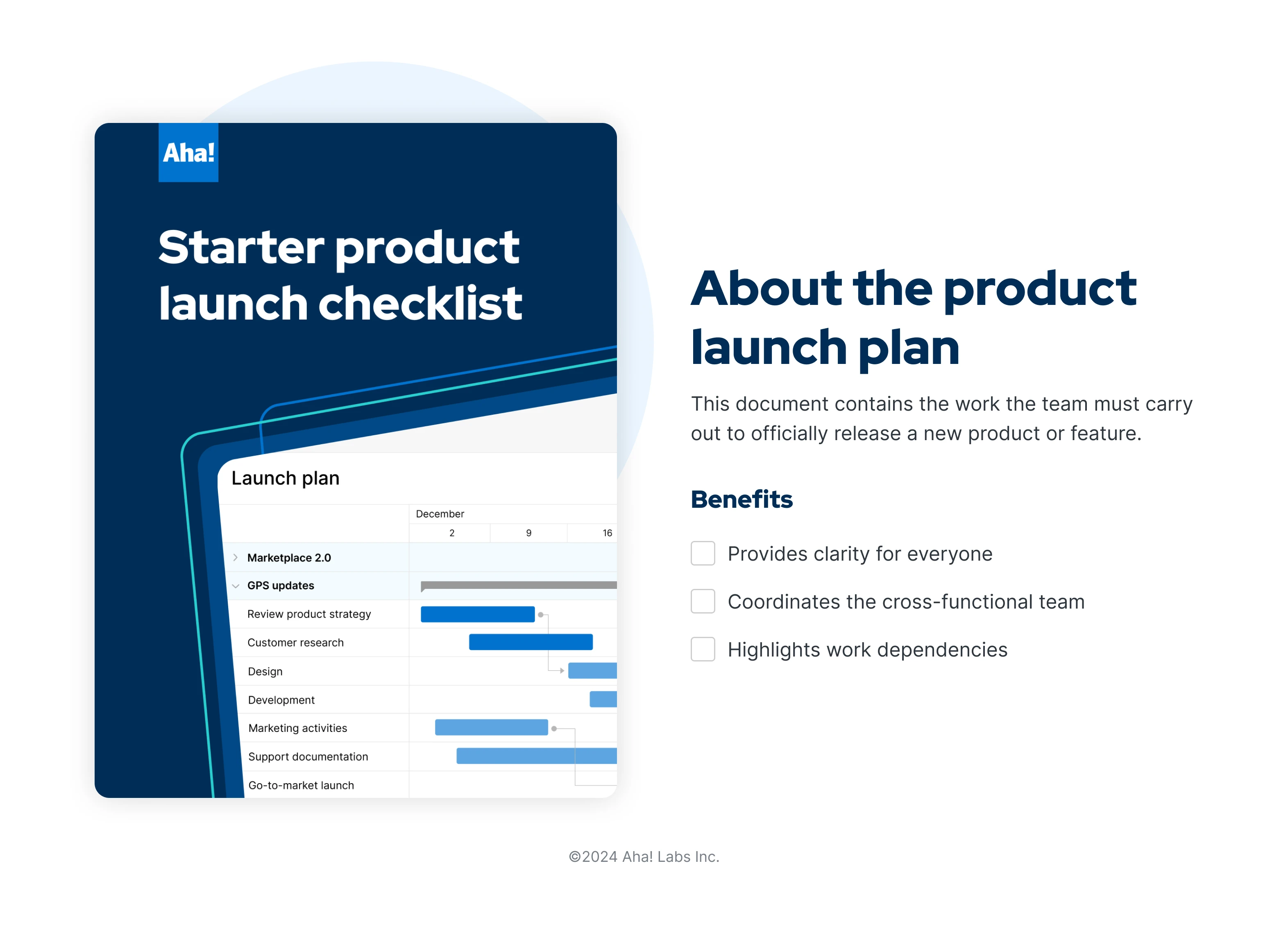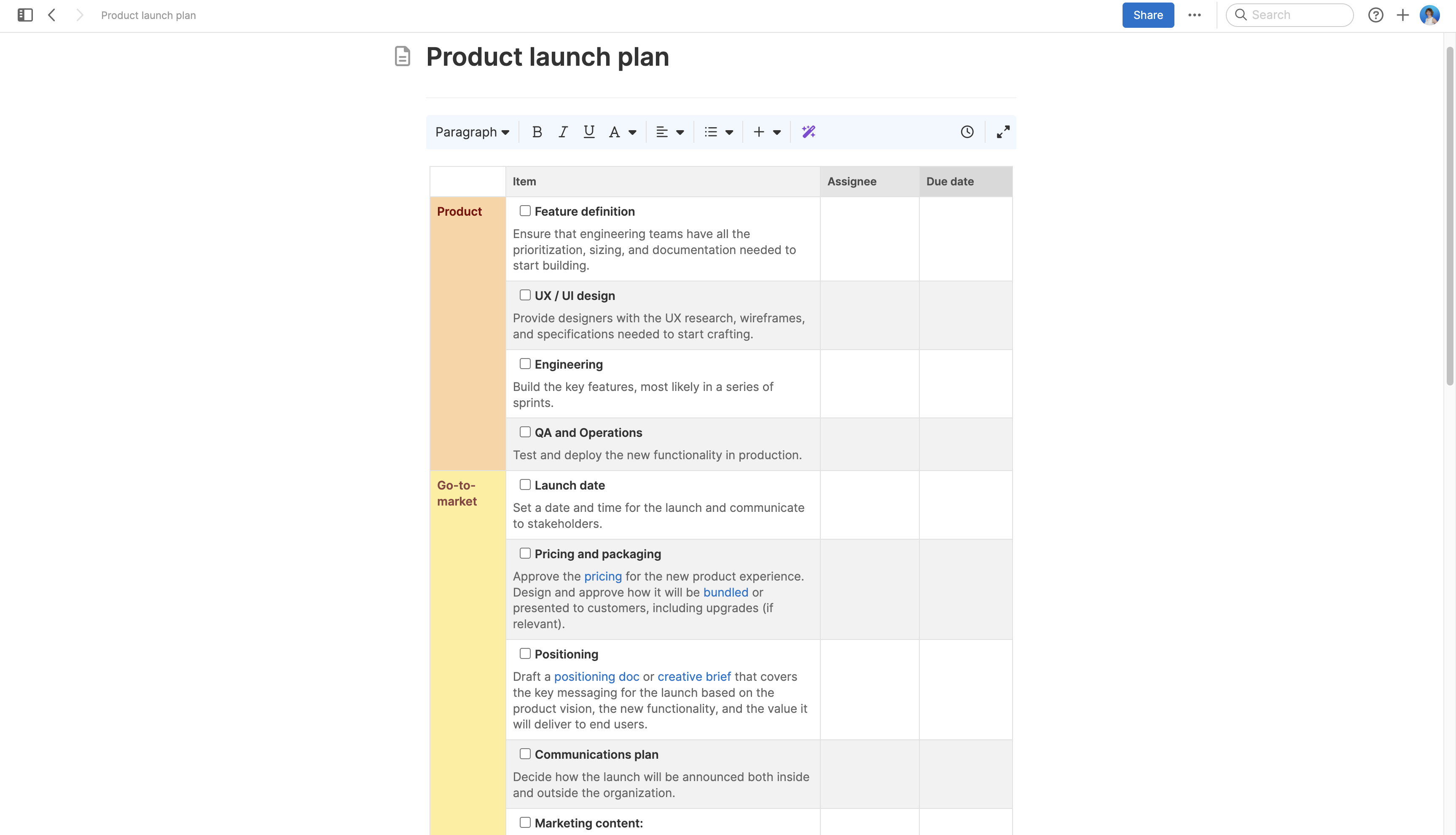Step-by-step product launch checklist for product managers
All the steps you need to launch your next product experience, from defining features to securing user feedback
Last updated: November 2025
A product launch plan outlines all the tasks required to successfully release a new product or set of features on schedule. It helps align the entire organization by defining what will be delivered, when it will be released, and why it is important. Learn how PMs can get started on outlining a solid launch plan. |
It is the moment all product managers savor. Nothing is quite like the exhilaration and satisfaction you feel after a successful product launch. Seeing all your hard work come together and celebrating with teammates is a joyful experience. You know you are part of creating something that will delight customers and bring value to the business.
But planning and delivering a new product experience is a complex process. There are engineering features to define, marketing campaigns to coordinate, and sales trainings to plan. And those are just a few of the typical activities in a product launch plan.




